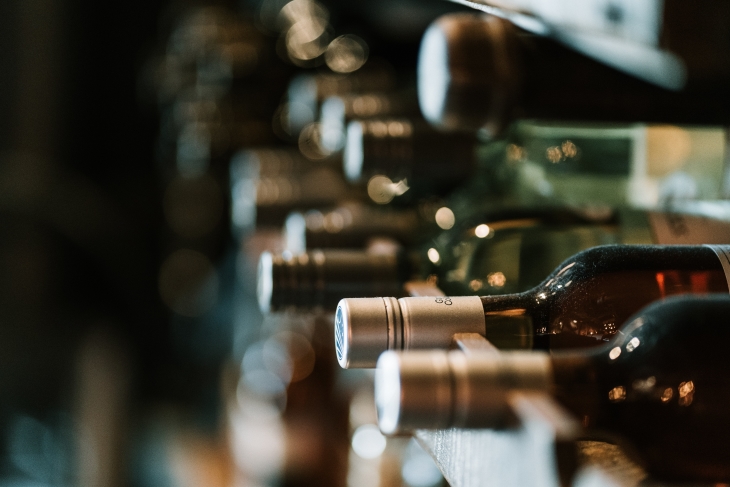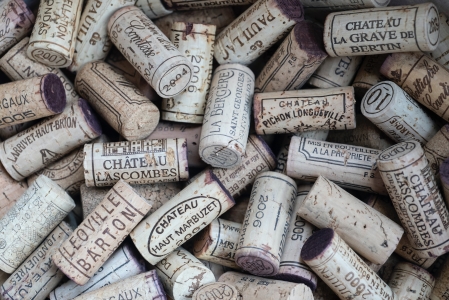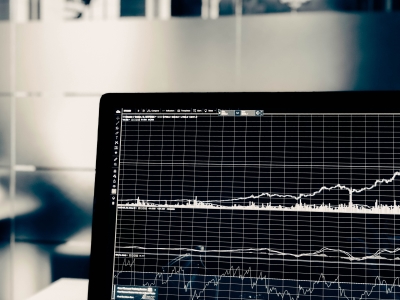Wine As An Asset?
For many, the idea of investing in wine and spirits is relatively new and foreign. Maybe you heard about Vint through a friend or stumbled upon us in an article. However you may have found us, we’re happy you're here.
We started Vint with a singular mission: to make it possible for every investor to add wine and spirits securities to their portfolios. We’re two years into that mission and energized by the reception and community of investors we have on the Vint.
The vast majority of our investors come to us with little to no knowledge of the world of wine but a lot of experience with investing. We’re here to bridge that gap. Like all investments, there are risks, and understanding and accounting for the unique risks of any asset is essential to investment success. Here are the three things we like most about wine and spirit investing:
Diversification
Every investor has been taught to think about building a well-diversified portfolio. Traditionally, investors have looked at diversification through two lenses. The first is through diversifying the assets within an asset class. This may mean buying tech stocks as well as energy stocks. The second is more macro and has to do with correlation between asset classes. This level of diversification relates more to which markets your investments are going into. For instance, many diversify by buying precious metals like gold and silver alongside traditional stocks and bonds. The most common asset classes in a portfolio are stocks and bonds. Both classes have upside and downside risks, but with a mix of asset classes, you can typically limit your downside risk potential.
There is no better example to point to the “value” of diversification than the major indexes. S&P 500, Dow Jones, and Nasdaq, to name a few. You have undoubtedly heard these cited as a gauge of the overall economy. That is because they are comprised of hundreds of companies in different sectors, providing a snapshot of the broader market landscape. They have historically returned around 10% yearly and are the benchmark of peak performance for money managers. So much so that famed investor Warren Buffet bet hedge fund managers $1,000,000 that they could not beat an index fund of his choosing over the long term. He won.
Wine as a diversification strategy. When it comes to diversification, the name of the game is spreading your exposure or risk. Wine as an investment vehicle has returned historically 8% annually over 125 years, putting it right up with the most notable index funds. For 124 of those 125 years, investing in the asset class was limited to those who had large sums of capital to acquire diverse collections, the logistics to source, store, insure, and sell (all while maintaining provenance and optimal conditions), and an encyclopedic knowledge of the space. We at Vint saw an opportunity to use technology and modern financing practices to provide all of this under one roof. We have built our platform to allow investors of all sizes to invest in fractional ownership of the most sought-after labels in the world. This model enables Vint to provide investors with exposure to a new asset class and diversification within that same asset class at a fraction of the cost.
Recession Protection
There are no guarantees regarding investments, but any good investor will do their due diligence and study the available data to understand the risks. When we turn back the clock and look at wine during economic downturns, we can see the asset class (tracked by the Liv-ex 1000 index) is relatively stable and hasn’t necessarily undergone those large undulations that investors dread.
For example, in 2008, when the S&P 500 dropped a whopping 38%, the Liv-ex 1000 fell less than 1%. Another example that is a little closer to home: in 2022, we’ve experienced significant market volatility, with the S&P 500 being down 25% through the end of Q2. Fine wine? YTD up more than 10%.
There are a myriad of factors at play here, and it would be impossible to understand each and its impact on the market. However, we can see that wine’s mere .12 correlation to the S&P 500 is beneficial when the economic world seems to be caving in. Storing value in uncorrelated assets is key to protecting value in the short term and getting back to earning more quickly in the long term.
Inverse Relationship (Supply & Demand)
Wine is unique because it is truly a universally recognized good. It is found worldwide and has been woven into the fabric of cultures for centuries. Regarding investment-grade assets, we are talking about a very tiny % of total global production, roughly 1-2% of all the wines made. Many of these wines improve with age; this, plus scarcity, are two of the main drivers of value appreciation and what makes a wine an “investment” grade.
The problem is that once a particular wine or spirit is made, that is all there is for that year, and the following year isn’t guaranteed. So excellent years, or vintages, are a finite commodity. Capped supply and increasing demand that follows consumption are great characteristics of a commodity that you hope will appreciate. Take, for example, Domaine de la Romanée Conti’s DRC. This producer only makes around 400 cases of this wine, about 4,500 bottles. Most are spoken for before they even leave the cellar.
The secondary market for this label is intense. Most collectors will purchase and hold for ten years and then start consuming it as it enters its preferred maturity period. So with each bottle consumed, that is one less that could be theoretically sold or traded as the bottles continue to age, their desirability increases as they develop into even more complex and expressive wines.
This increase in desirability is inversely related to the supply. The result is those who hold and are willing to sell have a more valuable asset on their hands due to basic supply and demand principles.
One of our core principles is transparency. That is why with each collection we build and offer to investors, we file paperwork with the SEC to be held accountable for our offerings and the investment opportunities we put in front of investors. Each offering is accompanied by an investment thesis that provides potential investors with the information and data they need to contemplate an investment.
Final Thoughts
No investment opportunity is going to have it all. But, there is certainly characteristics and attributes that make some opportunities more appealing than others. For the above reasons we have decided to build a platform that gives the opportunity to investors to partake in a global market that has traditionally been off-limits. We are excited to continue to source offerings and expand access to this asset class.


